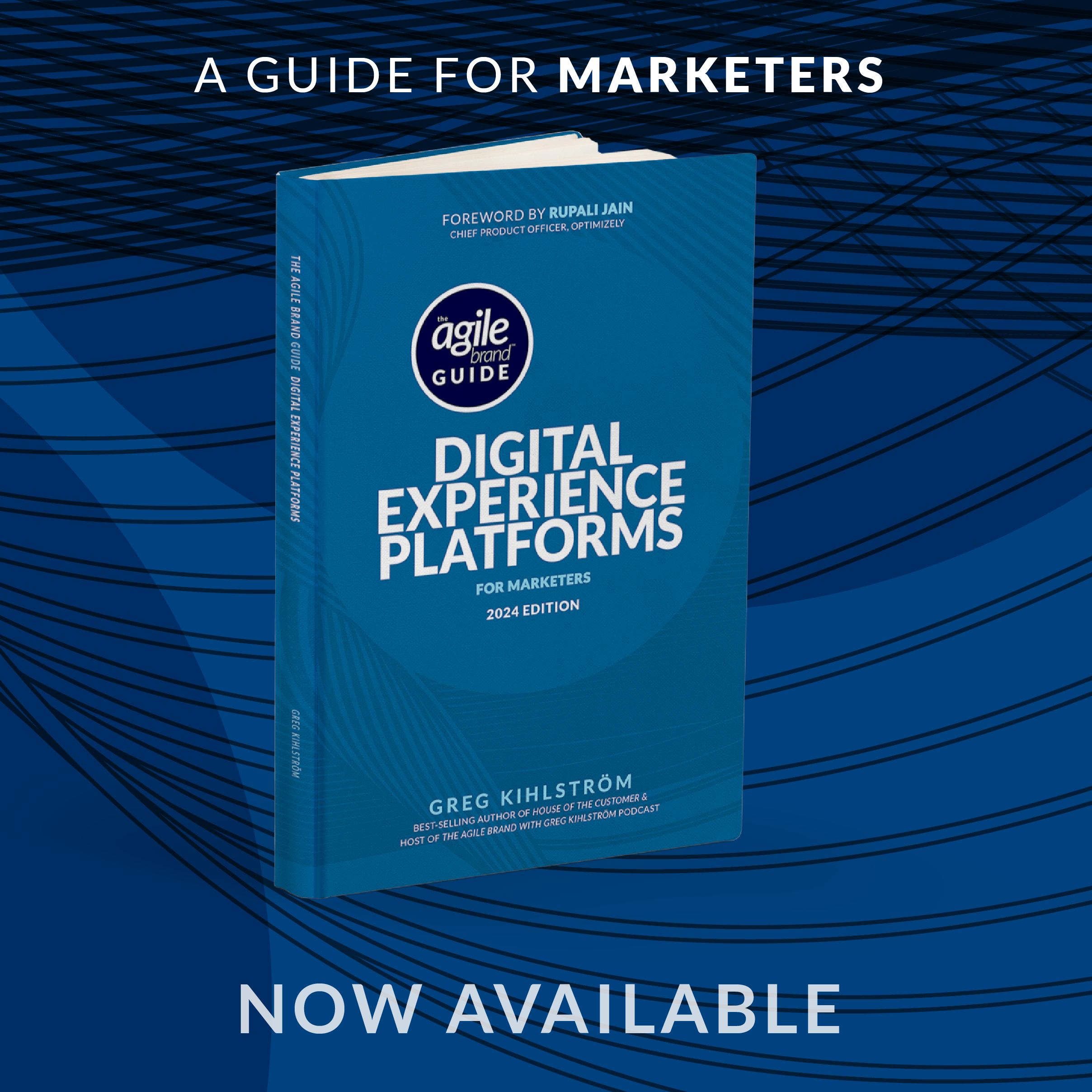House of the Customer is Greg’s eleventh book. It’s part of a trio on CX. The first in the series, The Center of Experience, focuses on how to set up a center of excellence for both customer and employee experience. The second in the series, Meaningful Measurement of the Customer Experience, focuses on how to get beyond high-level approaches like net promoter score (NPS) and dive deeper into the specific drivers of business outcomes and customer lifetime value. In this final book in the trio, Greg uses the metaphor of a house to describe how leading companies can transform their CX and realize a higher return on investment for all their investments in CX across the enterprise. Greg uses the metaphor to not only describe the components of the house, but also how the way the house is designed and built helps unlock the greatest impact while managing the budget to avoid cost overruns. Given the high failure rate of many transformation programs, this is a fitting metaphor, indeed!
The book is broken down into three parts. The first part is focused on the “why”, providing the rationale for a more holistic approach to CX that integrates across disciplines from strategy to marketing to sales to operations to customer service to IT. Part 2 details the components of the House of the Customer one by one. The foundation is your Customer-Centric Culture. The front porch is your Customer Relationships. The 5 pillars of your house are your Business Drivers; Understanding the Customer; Serving the Customer; Listening to the Customer; and Business Outcomes. The roof is Your Processes & Systems. Part 3 explores the “how”, including pragmatic advice on getting started, change management, and measurement.
Why focus on CX? According to a 2017 study from Gartner that Greg cites, more than two-thirds of marketers responsible for CX said their companies compete on CX. Getting CX right is critical to their company’s North Star vision which helps guide investments and reinforces employees’ connection to the company purpose and brand strategy. In part 1 of the book, Greg calls out the importance of a data-driven approach that aims for true personalization versus managing by segments. He emphasizes the need for customer lifetime value (CLV) as a way of measuring progress against your vision and an agile approach to driving continuous experimentation. To get ahead of disruption and stay focused on what customers value, he argues that we shouldn’t ever treat CX as “set it and forget it,” but need to reimagine our businesses over time. I couldn’t agree more! That’s why I included The Lean Startup, The Adaptive Enterprise, The Infinite Game, and The Art of Ideas among my top ten business books. I also agree with Barry Padgett, CEO of Amperity, who wrote the foreword to House of the Customer, that “figuring out what the customer wants is hard, and organizing a company to be dynamic and responsive to that demand is even harder.” Like these other books, House of the Customer emphasizes the need to generate insights that support continuous improvement across the enterprise, not just in marketing, to realize your North Star vision.












